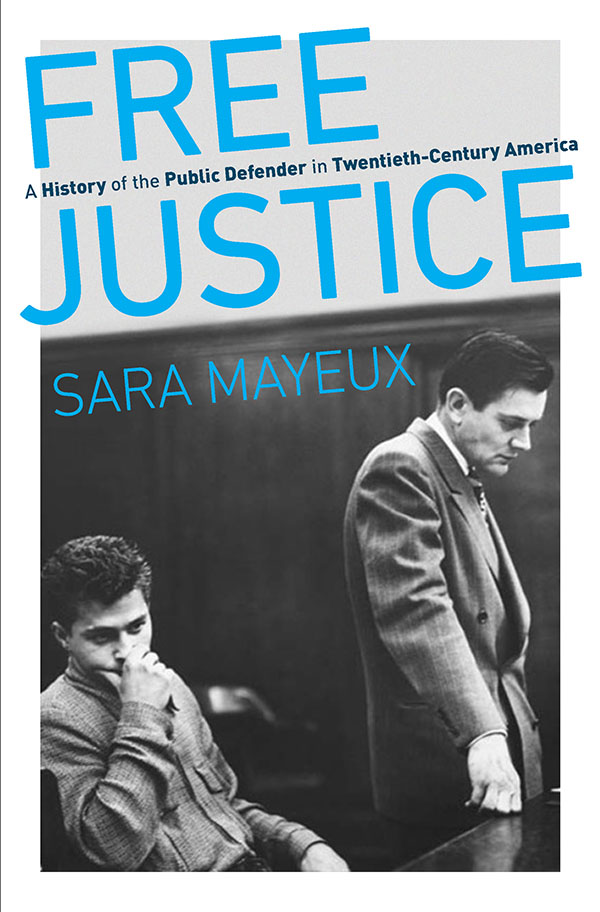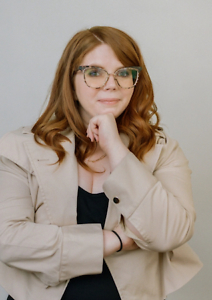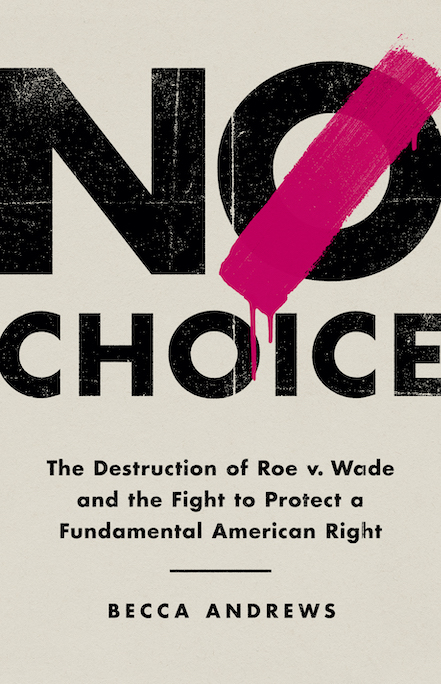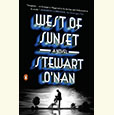Exquisite Intricacy
Bobbie Ann Mason talks to Chapter 16 about drawing art out of life
“I don’t always decide what to work on next,” Bobbie Ann Mason says of the writing process. “Something may come along and I am into it before I realize it. It has to come to me, unbidden.” Like the lives of many of her characters, Mason’s career is itself, in a sense, a story of unbidden gifts. Born on a Kentucky dairy farm, Mason left home, first for the University of Kentucky, and then on to New England to earn a Ph.D. in English, and didn’t seriously take up fiction writing until well into her thirties.
Perhaps as a consequence, many of the characters in Mason’s masterful short stories live lives defined by anticipation of the unexpected. Sometimes the waiting, as in the stories of her landmark first collection Shiloh (1982), is defined by apprehension and bewilderment. Sometimes, as in her most famous novel, In Country (1985), her characters actively search for answers to unwieldy questions—only to learn that satisfaction comes through accepting life’s essential elusiveness. In that novel and in her most recent, An Atomic Romance (2005), Mason casts the universal problems of so-called common people against the tapestry of larger, grander topics—in In Country, the aftermath of the Vietnam War; in An Atomic Romance, nuclear-power production and all its consequent anxieties.
 Since her first published story, “Offerings,” was plucked from the slush pile in 1980 by New Yorker fiction editor Roger Angell, Bobbie Ann Mason has fashioned a career that is far more unique and distinct than its association with literary movements such as the “Dirty Realism” or “Minimalist” style might imply. Certain critics have classified her work as regional, or categorized it according to the sweeping historical or social contexts of her settings, but in fact Mason’s stories and novels are at heart studies in intimacy: the private, painstaking, sometimes brutally honest examination of interior lives, written in a style that suggests a private, unspoken confidence between reader and author. In doing so, Mason remains an exemplar of her idol Vladimir Nabokov’s famous maxim: “A work of art . . . is only important to the individual, and only the individual reader is important to me.”
Since her first published story, “Offerings,” was plucked from the slush pile in 1980 by New Yorker fiction editor Roger Angell, Bobbie Ann Mason has fashioned a career that is far more unique and distinct than its association with literary movements such as the “Dirty Realism” or “Minimalist” style might imply. Certain critics have classified her work as regional, or categorized it according to the sweeping historical or social contexts of her settings, but in fact Mason’s stories and novels are at heart studies in intimacy: the private, painstaking, sometimes brutally honest examination of interior lives, written in a style that suggests a private, unspoken confidence between reader and author. In doing so, Mason remains an exemplar of her idol Vladimir Nabokov’s famous maxim: “A work of art . . . is only important to the individual, and only the individual reader is important to me.”
Mason recently answered questions from Chapter 16 via email.
Chapter 16: Your first big successes came through your short fiction, prominently published in The New Yorker alongside that of Ann Beattie, Raymond Carver, Tobias Wolff, and other practitioners of so-called “Dirty” or “Kmart Realism.” There still remains a sense of the rise of a certain kind of story—written in direct, unadorned prose and focused on the small tragedies of hardscrabble, presumably unremarkable lives—as a “movement.” Can you describe how it felt to find yourself at the center of a zeitgeist?
Mason: If you are at the center of a zeitgeist, you are probably the last to know what is going on. I think the term Kmart Realism was applied to my stories, not to the fiction of those other writers you mention. I remember that many readers of my stories seemed astonished that fiction could be written about truck drivers and people who shopped at Kmart. Short stories weren’t supposed to be about such ordinary people, whose inner lives surely weren’t worth attention. For writers, both Kmart Realism and minimalism, the other term in vogue, were pejorative. For others, they were fun labels that helped uneasy critics distance themselves from an unfamiliar world. There were others—Bill Buford’s term “Dirty Realism,” in Granta. John Barth had a funny one, something like blue-collar, minimalist hyper-realism. I don’t know how that term minimalism got going, but I’m sure we all thought we were writing intensely and economically—we were writing short stories.
Chapter 16: Seemingly endless reams of print and digital type have been spilled over the inevitable death of literature and/or reading culture and the rising sense that contemporary literary fiction in America has lost its once eminent position in cultural discourse and may be headed in the direction of, say, Classics. How do you see the role of the fiction writer evolving with the landscape of literary publishing and new information technologies?
Mason: Here we are at another zeitgeist. The unknown is swirling around us. But I have to hope that writers will persist, whatever the technology. Stories insist on being told. There will be too many stories launched into digital oblivion, but we will keep at it.
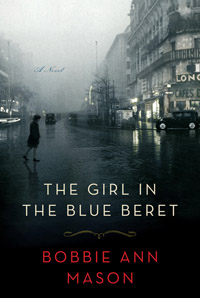 Chapter 16: Though you are most readily thought of as a master of the short story, you’ve had tremendous success with numerous other genres—the novel, journalism, and memoir. When presented together, the stories that make up Nancy Culpepper (2006), published over the course of three decades, blur genre distinctions, appearing almost as a Dickensian serialized novel. How do you decide what you’re going to work on next? How different is your approach to the writing process depending on the project or genre?
Chapter 16: Though you are most readily thought of as a master of the short story, you’ve had tremendous success with numerous other genres—the novel, journalism, and memoir. When presented together, the stories that make up Nancy Culpepper (2006), published over the course of three decades, blur genre distinctions, appearing almost as a Dickensian serialized novel. How do you decide what you’re going to work on next? How different is your approach to the writing process depending on the project or genre?
Mason: Dickensian? I’m truly a minimalist compared to Mr. C. D. I don’t always decide what to work on next. Something may come along and I am into it before I realize it. I don’t go looking for subjects for a novel. A novel is such a huge commitment of time and energy that I avoid seeking a new project. Instead, it has to come to me, unbidden. It has to be something I can’t turn away. The genre will come along with it, whatever suits the material. Fiction is so much easier than non-fiction. I try to avoid essays, reviews, criticism, and theorizing about topics like these!
Chapter 16: Though you arrived on the literary scene amidst the rise of “workshop fiction” and are now a writer-in-residence in a university English department, you yourself are not a product of the M.F.A. system. How did your more scholarly, reading-oriented apprenticeship shape your approach to writing fiction?
Mason: It took years for me to get focused on writing fiction. Scholarly study had little to do with the creative impulse, and I wasn’t very good at it. I never learned the lingo and the motives behind literary criticism. But I learned about how literature works. What I loved most was discovering the complexity of literature. The density and intensity. The details. I learned about what level to aim for. I learned how to plunge in over my head. I always assume I can get out.
Chapter 16: Most of your work explores your rural Kentucky roots. You’ve written about Kentucky culture both through characters that seem fairly detached from your own biography in works such as “Shiloh” and An Atomic Romance, but you’ve also developed a sort of fictional alter-ego in Nancy Culpepper and written directly about your childhood in your memoir, Clear Springs. How would you compare the experience of narrating the past from your own point of view with imagining a similar world through imagined characters whose lives, experiences, and points of view are different from your own?
Mason: I am not sure I understand what is to be compared, or how instructive it would be if I could answer this. With each work, I like to try something new. With the memoir and Nancy Culpepper, I think I got the rural Kentucky roots accounted for and out of my system. An Atomic Romance is not set in Kentucky—or, rather, the setting is indeterminate. The novel I have just finished is set in France, and it too has a male protagonist. It was an opportunity to plunge in over my head again, wallowing in subjects I had thought little about—World War II, the B-17, the French Resistance, the French language. So much for Kentucky roots.
Chapter 16: You have often cited Nabokov and Joyce as important influences. As a reader, I’ve always appreciated how you are able to translate the virtues of their work into your own unique, original style. As a reader and writer, where do you turn for inspiration? Do you find yourself going back to your major influences? Do you find any inspiration in other contemporary writers?
Mason: I am delighted that you can find some connection between my work and that of those two masters. It is not obvious, and on the face of it, we seem light years apart. But they gave me the ideals to aspire toward—in each an adventure into exquisite intricacy. Both appealed to my sense of design.
My formative influences were the writers I fell in love with in college—Fitzgerald, Hemingway, Salinger. I do tend to go back to them, as well as to Nabokov and Joyce, my passions in graduate school. Of contemporaries, Alice Munro always. Michael Chabon’s prose is gorgeous. Recent great novels I found inspiring: Colm Toibin’s Brooklyn, Peace by Richard Bausch.
[This interview originally appeared on March 24, 2011.]
Bobbie Ann Mason will discussThe Girl in the Blue Beret at the University of Tennessee’s Hodges Library on September 12 at 7:30 p.m. in an event co-sponsored by the University of Tennessee’s Creative Writing Program. Mason will also appear at the twenty-fourth annual Southern Festival of Books, held October 12-14 at Legislative Plaza in Nashville. All events are free and open to the public.

